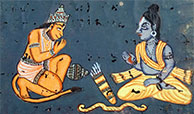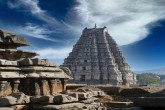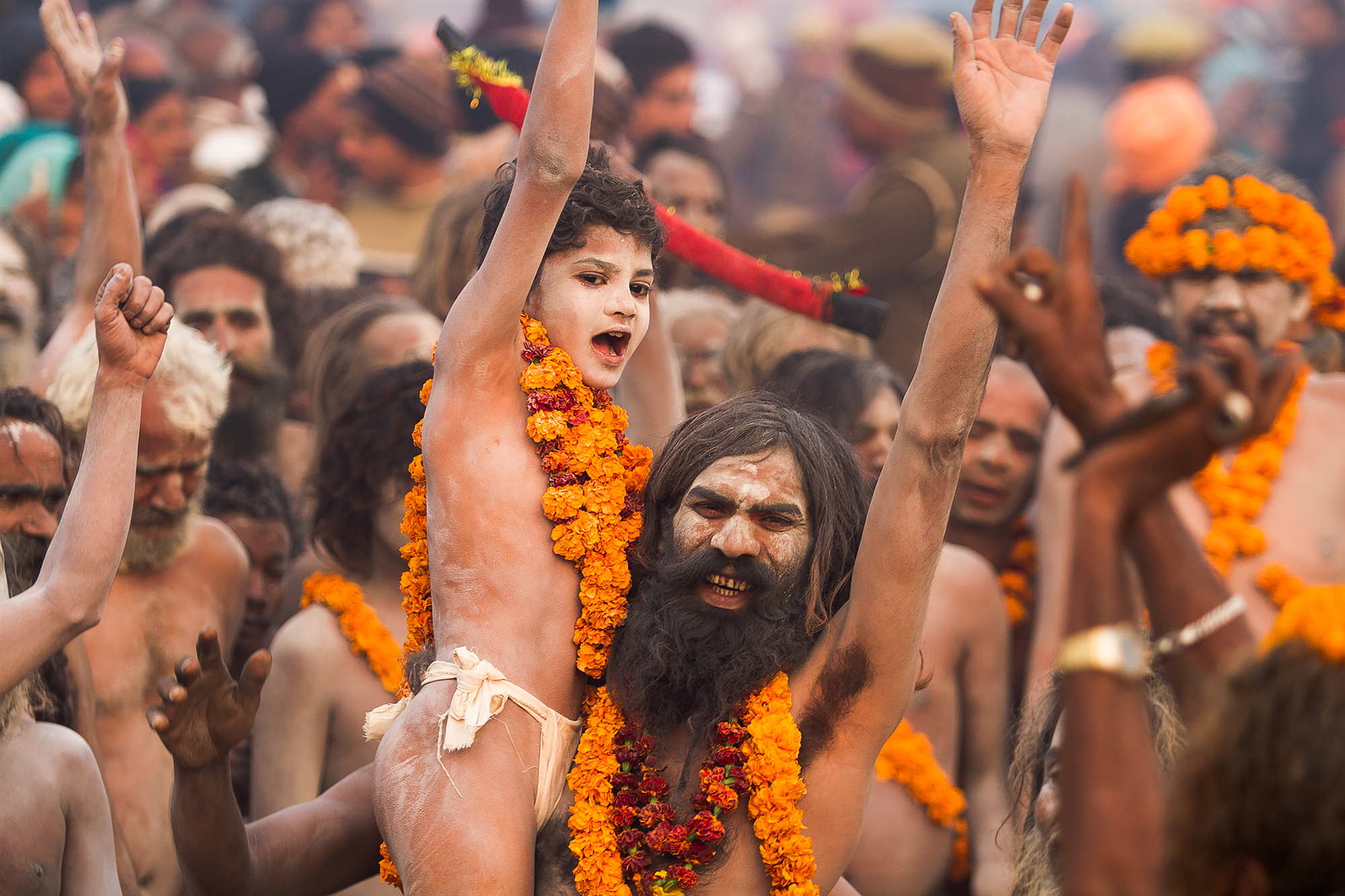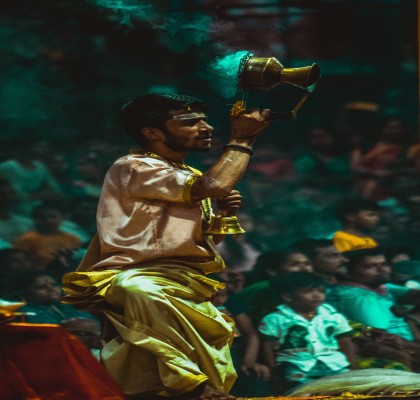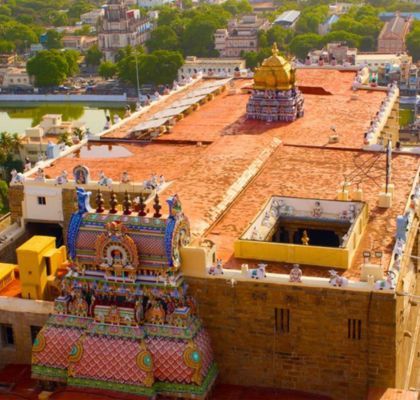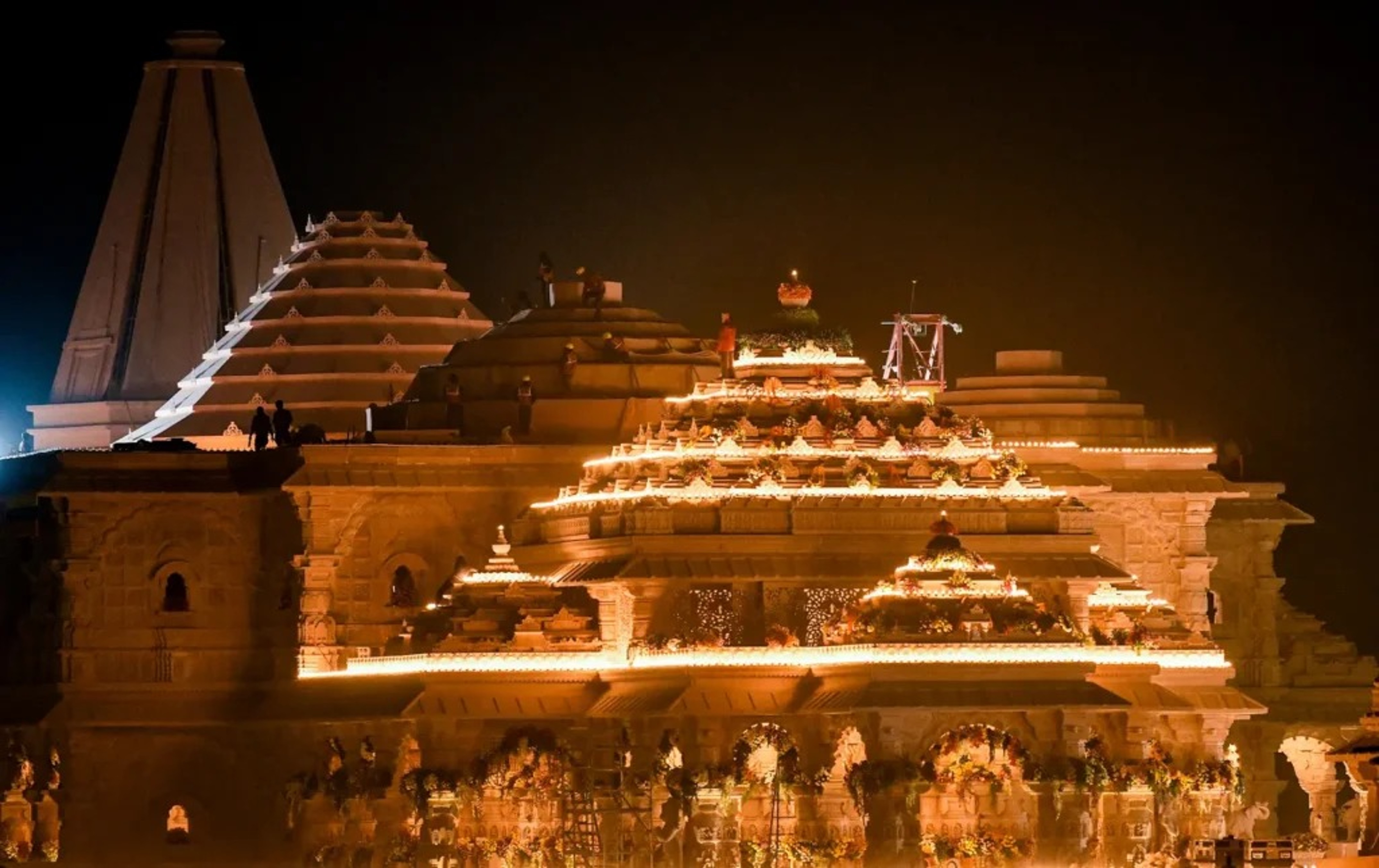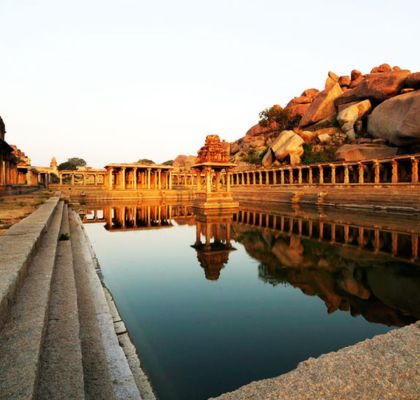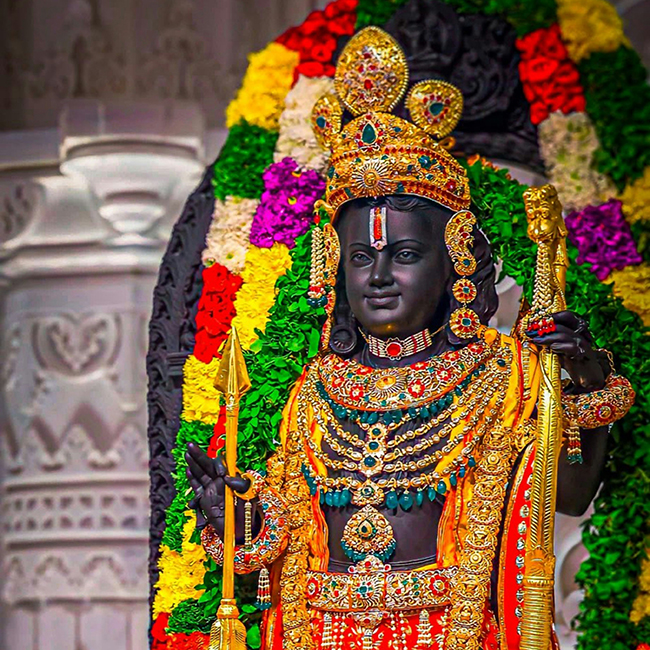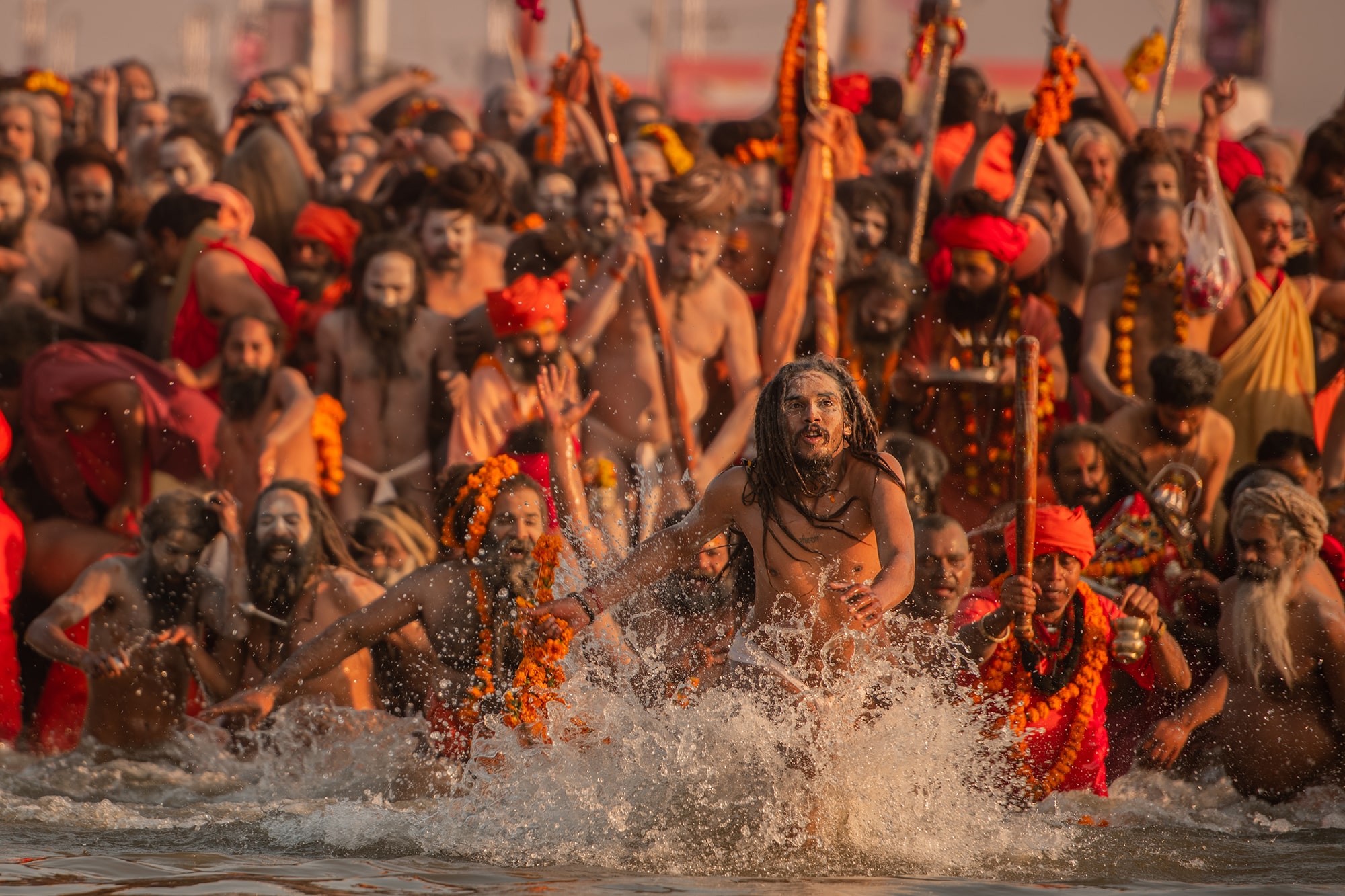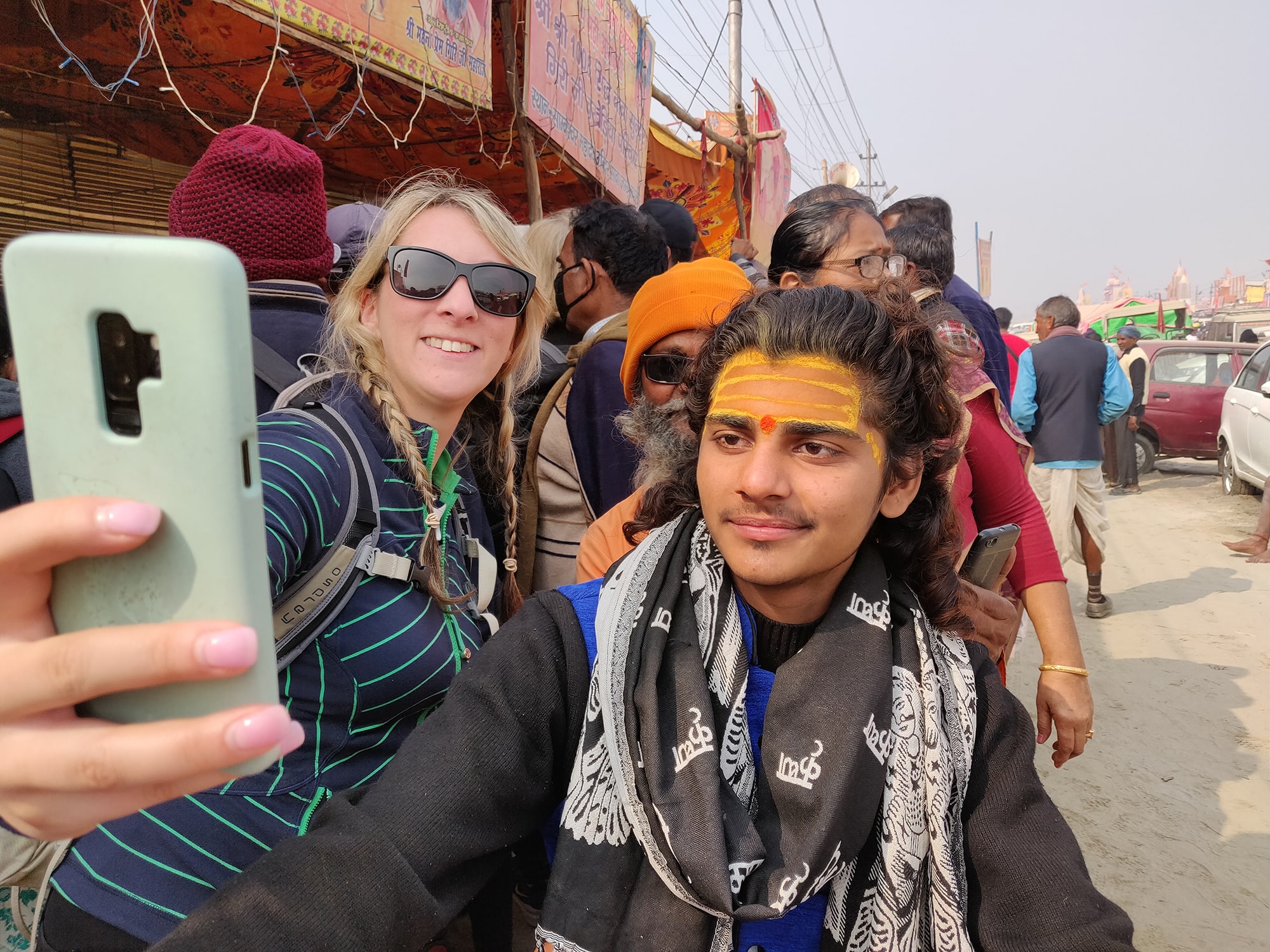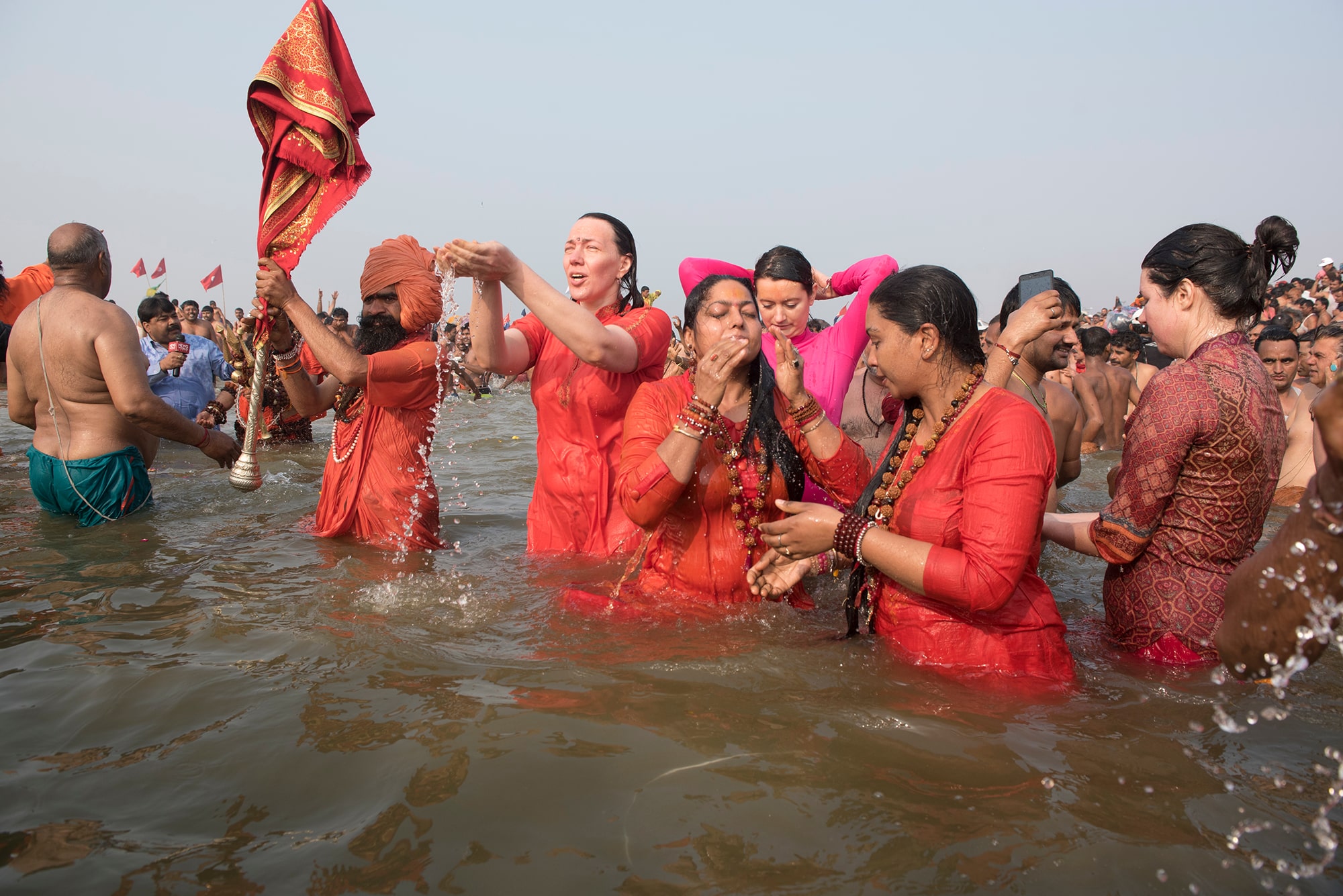

Manikarnika Ghat: Where life meets death
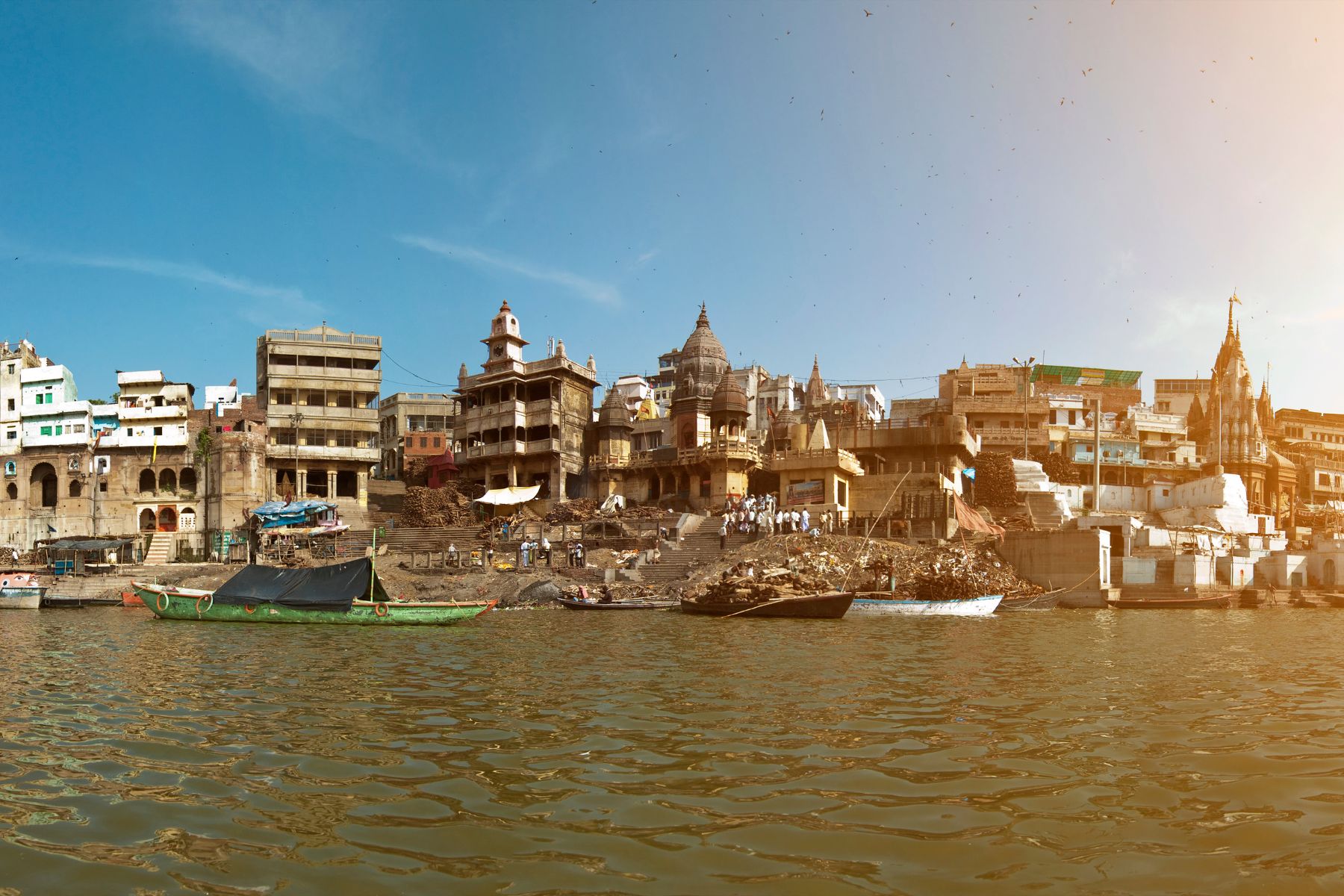
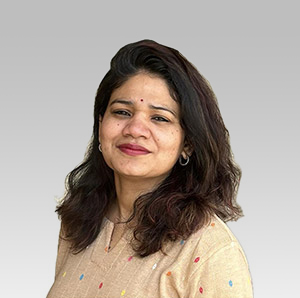
21 Feb 2024
Manikarnika Ghat: A Sacred Harmony of Life and Death
Sitting on the ancient steps of Manikarnika Ghat, where time appears to pause and whisper age-old secrets, I am immersed in another dimension where the tangible and intangible, mortal and immortal, merge. The Ganges flows gently, carrying stories from millennia past, while the sky above stretches silently, witnessing the never-ending cycle of life and death. The air here, amidst the perpetual pyres, is thick with the scent of burning sandalwood, mingled with calmed chants that appear to rise and fall with the river's own eternal song. Each flame that dances on the pyres represents a life lived, a journey completed, and a soul departing from the physical world to the unknown realms beyond. The fire, constant and purifying, becomes a symbol of profound transformation, representing not only the body's return to the elements, but also the soul's liberation from the cycle of existence. It's a visual talk on the shortness of life, in which material possessions, once believed essential, become meaningless in the face of the eternal.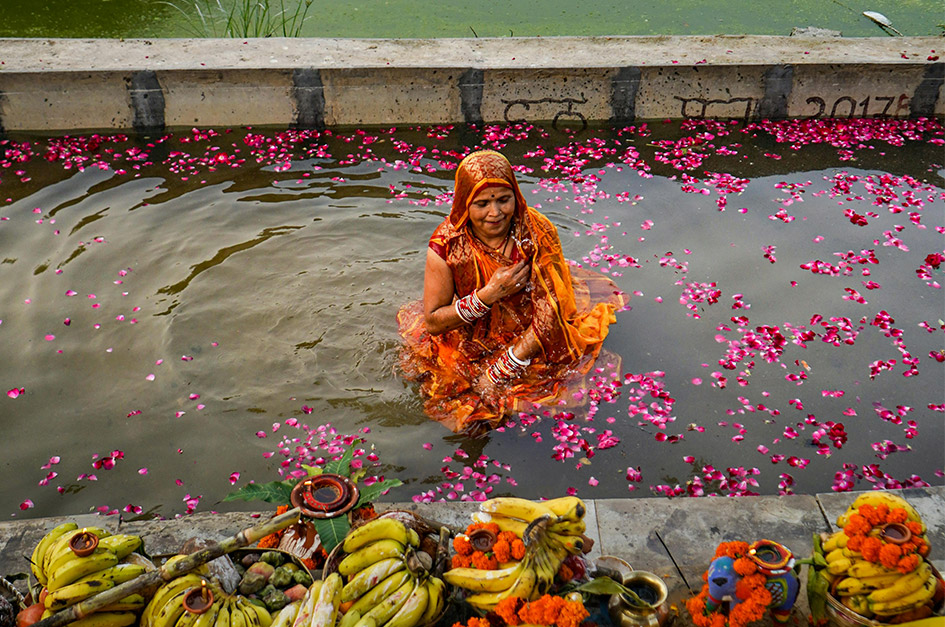
Manikarnika's history is connected with the mythology of Lord Shiva and Goddess Parvati. According to legend, the ghat got its name from a Parvati earring that fell here. They claim that the ancient fires of Manikarnika have burned for thousands of years, never dying, symbolizing the eternal cycle of life and death. The ghat, with its weathered stones, has been a silent witness to the unfolding of human drama, witnessing tears of grief and quiet acceptance afterwards. The crackle and hiss of the flames, the quiet expressions of the grieving, are a subtle reminder of our own temporary existence.
This place, where fire meets flesh, spirit meets sky, and tears meet the river, speaks in a universal language of temporary nature, transformation, and the unstoppable march of time. However, within this apparent conclusion lies a hidden beginning, a promise of something beyond mortal understanding, a journey into the depths of the unknown and mystical.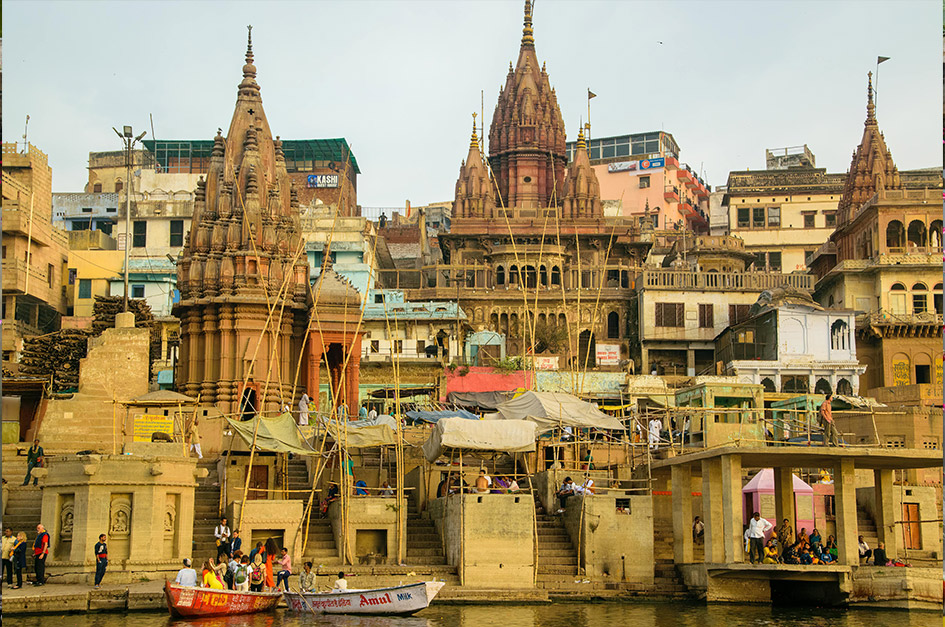
Manikarnika Ghat, is the Soul of Kashi where we witness the reality of human life, where with its relentless ritual of death and rebirth, serves as a mirror for our deepest fears and highest hopes. My mind was singing- ‘maraṇaṃ maṅgalaṃ yatra vibhūtiśca vibhūṣaṇam । kaupīnaṃ yatra kauśeyaṃ sā kāśī kena mīyate ॥means‘ Who can forget the city of Kashi, where death is considered auspicious, where Vibhuti is the ornament of the people, where loincloth (langoti) is like a silken garment for the people?’
It speaks of the unavoidable end that awaits all, but it also sings of liberation, of freedom from the chains of worldly existence. In the light of the fires, one can see reflections of their own soul, questioning, seeking, and possibly figuring out the profound truths of existence. Within the eternal flames and the timeless flow of the Ganges, I discover a perspective that is both humbling and elevating. Manikarnika Ghat, with its sacred fires and ancient chants, transforms into a profound experience that represents life's eternal journey and the soul's quest for liberation.
Leave a Reply
Explore by Categories
Most Viewed Blogs
Tags
Location
State







